Odia Book Shastee By Kanhu Charan From OdishaShop
₹200.00
In stock
Description
Shastee or Shasti, literally ‘punishment’, a novel by the eminent novelist Kanhu Charan Mohanty, was published in 1946. It deftly deals with both social and human problems against the background of famine and pestilence. The main characters are Sanei, soil of a well-to-do farmer and Dhobi, daughter of a rich landlord. Dhobi and Sanei were playmates, and were deeply in love. But their parents and petty caste considerations stood in the way of their marriage. Dhobi was married off to a rich man of the neighbouring village. Soon after the great famine of Na’anka overtook Odisha, devastating its entire social fabric. Unexpected changes came in the lives of the dramatis personae of the novel. The members of Sanei’s family died, and he left his home in search of a livelihood. Dhobi also lost all the members of the family and returned to her father’s house as a widow. The real plot begins at this point.
Sanei had returned to his village as a forlorn, emaciated beggar but, like other such destitutes, was reduced to an outcaste by the villagers. Dhobi helps him with money and personal care till he is rehabilitated. He wishes to marry Dhobi, but she faces various mental and social constraints, and the lovers pass through untold sufferings. Dhobi’s ultimate refusal comes as a cruel blow to Sanei and he turns into a rebel against the social order. He offers shelter to Rahim, a Muslim, John, a Christian, and a beggar-maid in his house, and they live like one family. This creates a stir in society and Chintei Swain, Dhobi’s father and landlord, cunningly deprives Sanei of the small property that he owned.
In course of time Chintei Swain realises his own selfishness and also the futility of his ambitions. In a desperate bid to restore happiness to Dhobi, he offers her hand in marriage to Sanei. Ironically, Sanei is now already married to the beggar maid who turns out to be one of his childhood play-mates. The landlord’s frantic rage to avenge is futile, as Sanei leaves the village along with his dependants leaving behind a note that all his property was purchased with Dhobi’s money.
Most of the characters in the book are delineated vividly. In the character of Sanei the author shows strength of mind, courage, and the spirit of revolt against society. Dhobi has been portrayed as an extremely sensitive woman but weak and helpless before the social order. Sanei may be regarded as a forerunner of the socialistic revolt. It brings out realistically social and economic inequality and may be considered one of the best progressive writings in Odia.
Besides, we have in the novel realistic protrayal of different types of characters, evil ones like Govind Pradhan, Hari Mohanty and Praharaj, a simple and affectionate woman like Dhobi’s mother, an ideal couple like Madhu and Puni, and a devoted friend like Rahim. The author has also drawn a realistic picture of famine and the evils of caste distinctions. Shasti is one of the earliest novels to use psychoanalysis to reveal different moods and emotions of its characters. Important and daring social issues like remarriage of widows have also been dealt with powerfully in the novel, which have relevance and validity even in today’s society. BIBLIOGRAPHY: B. Satapathy, Shasti upanyasa o tara samajika abhimukhya (1979); N. Pradhan, ‘Shasti upanyasara dwandagata baisistya’, Jhankara (1615).
Order Now Odia Book Shastee By Kanhu Charan From Odisha Shop.
Additional information
| Weight | 0.298 kg |
|---|

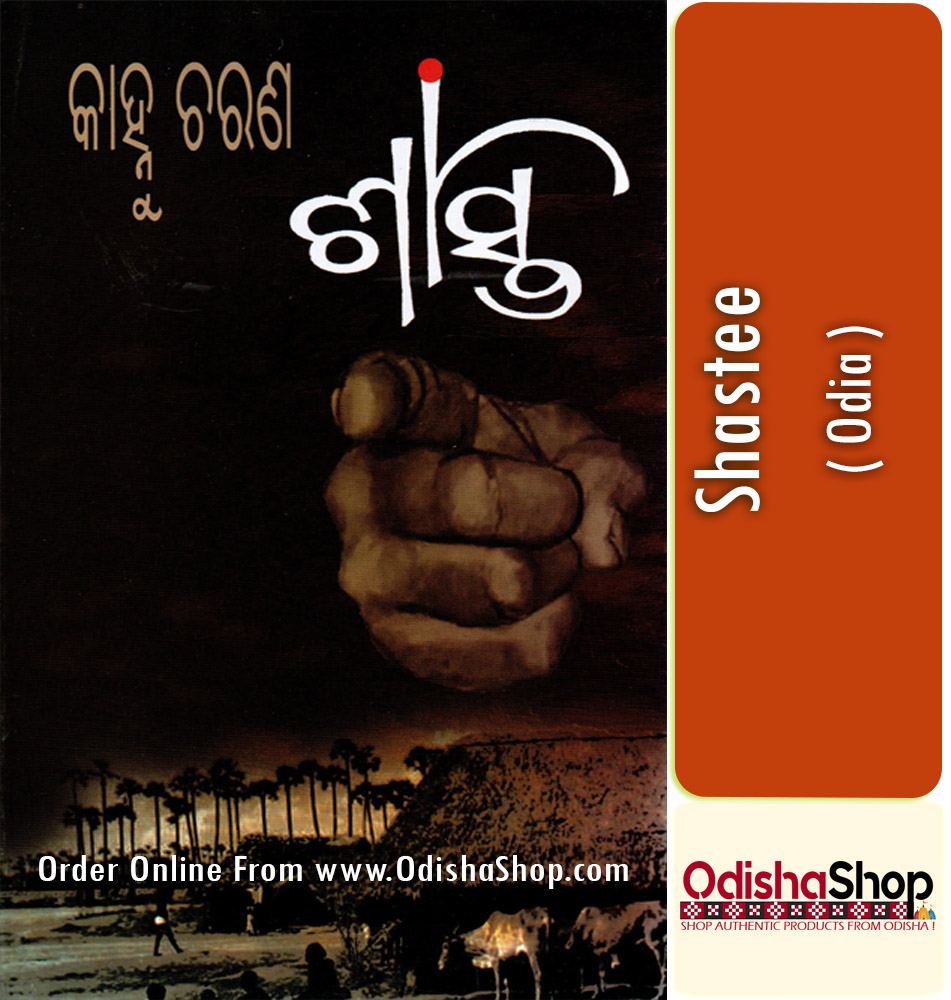
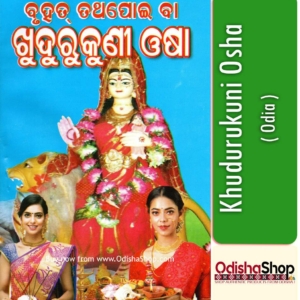
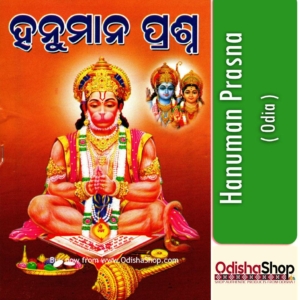
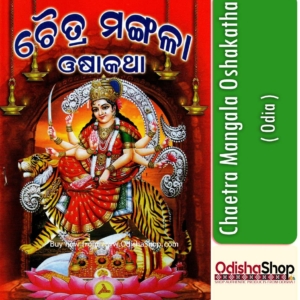
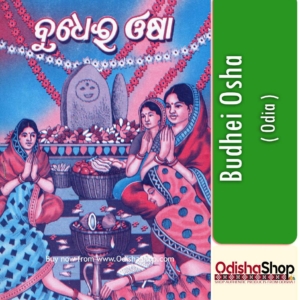
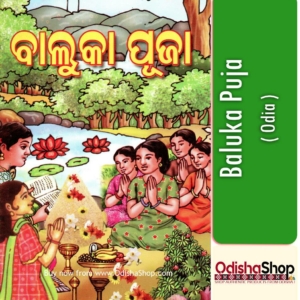
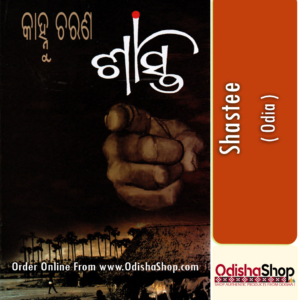
Reviews
There are no reviews yet.